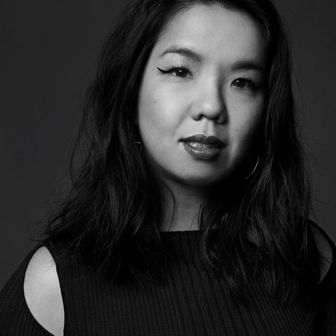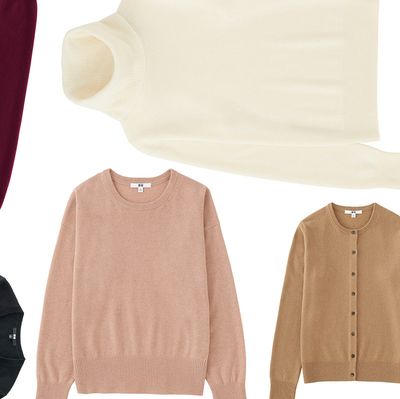
When it comes to buying good, affordable basics, there’s really no better place than Uniqlo. You can get a pair of jeans for under $40, a crisp white shirt for less than $30, and a sleek wool coat for a fraction of what other places charge. The smartest piece to stock up on? Cashmere sweaters.
If you scour the internet, you’ll notice that it’s nearly impossible to get a 100 percent cashmere sweater for less than $100 — except at Uniqlo. Which got us wondering, how the hell can they do that? We sat down with their head of research and development, Yuki Katsuta, and had him walk us through the process. Spoiler: There’s really almost no difference between a $100 sweater and a $1,000 one. Scroll ahead to find out why.
Step 1: Choose Only the Best, Longest Hair
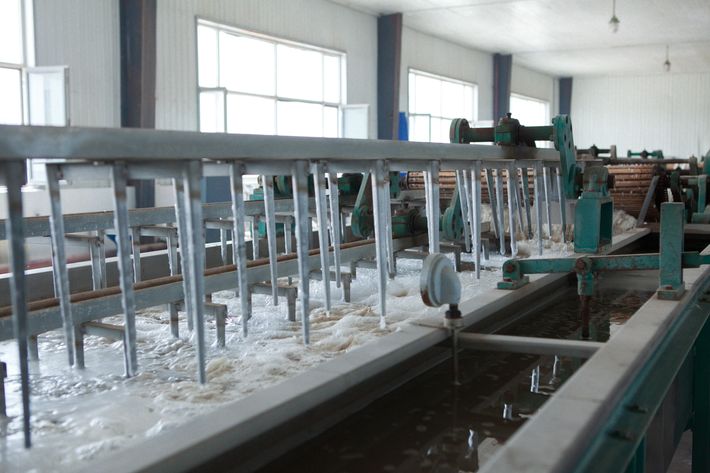
Katsuta explained to us that pretty much all cashmere is made from the same batch of Mongolian goats. Uniqlo has their own special, super secret farms where they source their yarn, but they’re no different from the farms used by all of those fancy brands.
After gathering the undercoat from the goats, Uniqlo will sort through to select the best hairs. The process is time-consuming mainly because they want the longest ones possible — anywhere from three to four centimeters. Good, expensive cashmere uses only long hairs, whereas true “cheap” cashmere will take the short hairs and link them together to create the illusion of length. After the hairs are chosen, they get a quick wash with water.
Step 2: Go Back and Pick Through the Hair Again
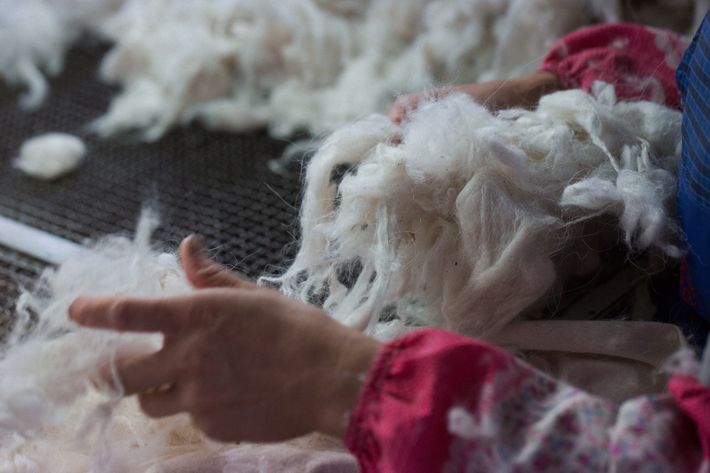
You’d think there was some anonymous robot sorting through all of the strands but shockingly, no. All of the hair is hand-chosen, both during the first round and after it’s been washed.
Step 3: Shave and Refine
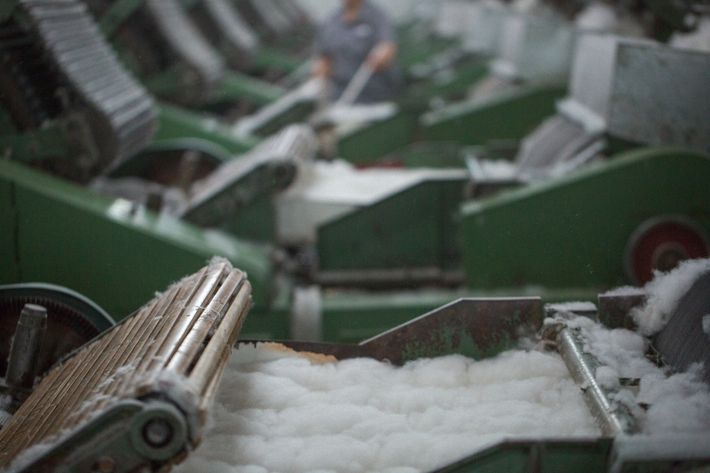
Even if you spend hours selecting only the best pieces of hair, they won’t be perfect. There are still bumps and tangles. To refine their selection even more, the bits get a shave until they’re perfectly smooth and ready for spinning.
Step 4: Spin and Weave
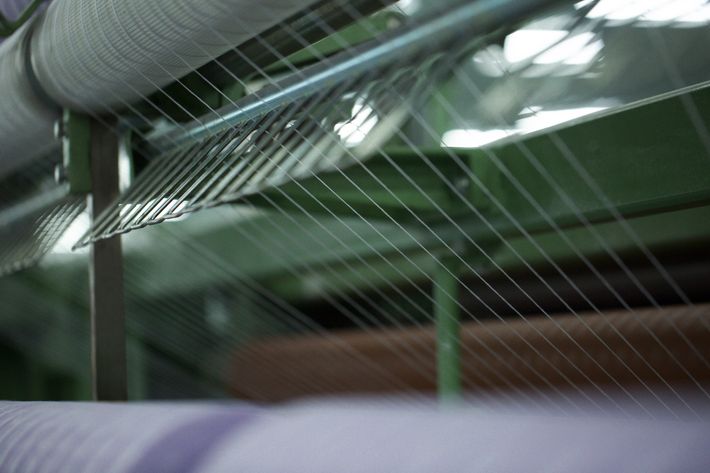
Have you ever seen the words single-ply, two–ply, or even three-ply used to describe a sweater? Most people tend to glaze over those words, but they denote an important detail. Ply describes the yarn used to weave the sweater. Single-ply means it only consists of one strand while two- and three-ply mean that multiple strands are wrapped around each other to create a stronger, more durable yarn. You want a sweater that won’t have holes? Skip the single-ply and go straight for the two-ply.
Step 5: Forming the Sweater
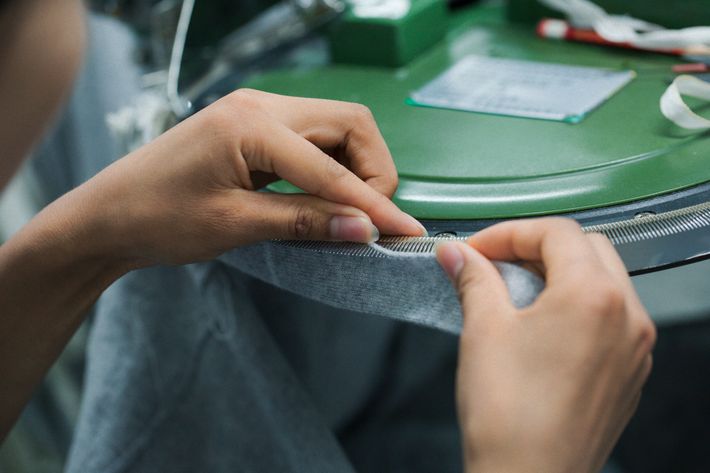
Once the yarn is spun and dyed, each piece of the sweater gets knit together. It’s common for other brands to simply use a machine to sew the pieces together, but linking, as its called, creates a superior fit. This results in a sweater that’s better molded to the body, making it extra comfortable.
Note that when it comes to fit, there’s really not that much of a difference between the pieces you’ll find in Asia versus the ones here. Granted, a U.S. small would be a Japanese medium, but besides that, Katsuta explained that the only changes are in sleeve and body length. Otherwise, the sleeve and widths of the garment remain the same.
Step 6: Wash, Sew, and You’re Done
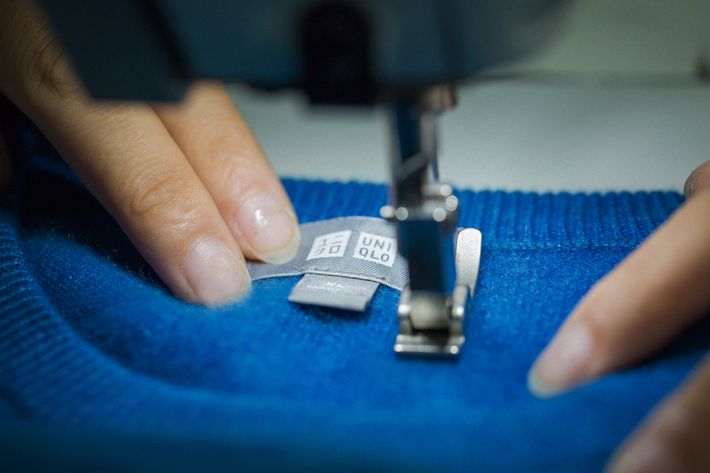
Once the sweater is formed, it goes through one more wash. This is to ensure that it retains softness over time. Then the label is sewn and it’s ready to go.
All of this raises the question: How can Uniqlo charge under $100 for cashmere when some labels demand prices well into four figures? Katsuta says they keep their prices low because they cut out the middleman and control the process from start to finish. When pressed about marketing and the hype that comes with the term “luxury,” all he says is, “Everybody buys from the same place — the same specific area in China and Mongolia.” You can draw your own conclusions from that.


